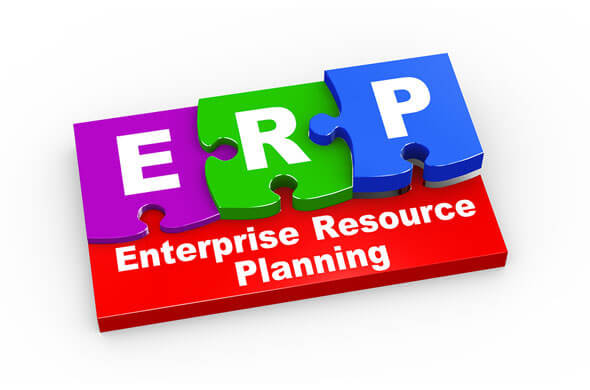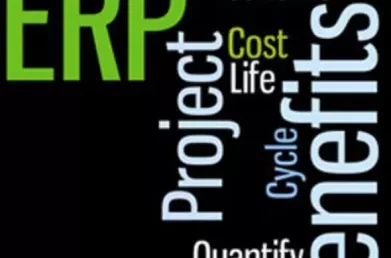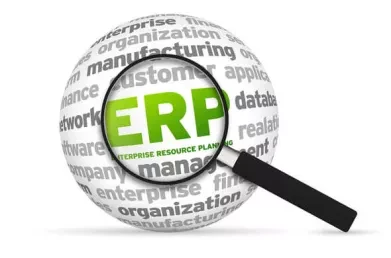ERP: Developing Cross-Functional Buy-In
Most organisations are comprised of multiple departments, and when it comes to implementing ERP the impact is felt right across the organisation. Resistance and apathy are major project risks, so how can they be avoided?
The last thing an ERP implementation project needs is a lack of willingness from parts of the organisation to fully engage with and support the project. Negativity can take two forms: resistance and apathy. The root causes for resistance are typically fear of change and a lack of understanding of the rationale for the project. Apathy often results from a feeling that the new system is being imposed, rather than having views regarding what’s required taken into account. ERP implementations are difficult at the best of times, but dealing with resistance and apathy means even more risk for the project.

The road to developing “buy-in” for ERP starts at the beginning of the system selection process. Getting people involved, ensuring their voices are heard and that they’re made to feel part of the decision-making process is one of the best ways to guarantee their long-term engagement with the ERP project. A starting point is to have every department affected by the ERP implementation represented on the system selection project team. Far too often we in Lumenia see the Finance and IT departments taking the lead role, and while they certainly need to be involved in the selection project they’re generally not best placed to specify the system requirements in other functional areas. A structured selection process with cross-functional involvement can create a positive atmosphere around the ERP project, with dividends accruing right through the implementation in terms of good will.
Buy-in can also be developed through effectively managing and focussing on the business benefits of the ERP project (See blog 'Benefits Focused ERP: A balanced Approach'). Ensuring that business benefits are understood, quantified and owned by the business is another important element in achieving buy-in: a manager who understands how the system will improve his area, and who has bought-in to delivering those benefits, is likely to be a strong advocate of the project. If the project is strongly focussed on business benefits, and managers are clear on what the benefits are and are responsible for delivering those benefits, then the project is far more likely to be successful.
This blog was written by John Donagher, Principal Consultant. If you would like further information please send an e-mail to John Donagher.


